Home>Construction & Tools>Building Materials>How To Paint Exterior Stucco With A Roller
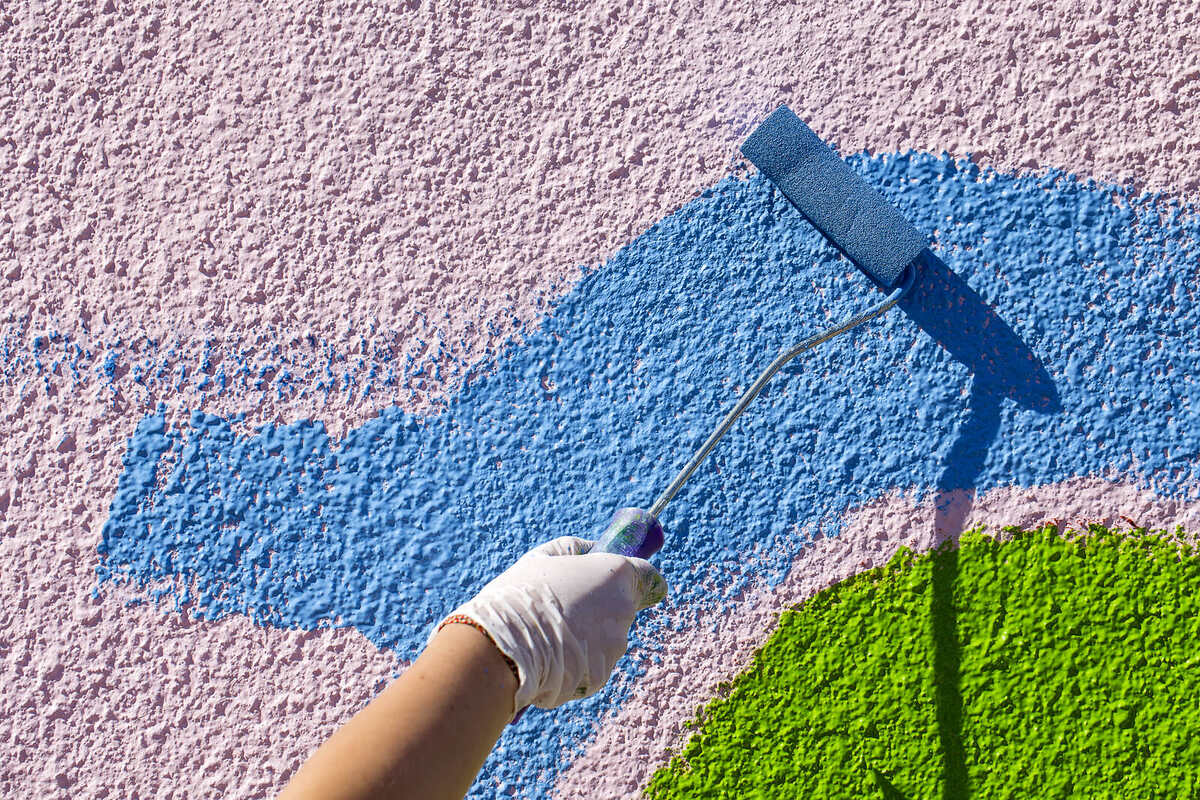

Building Materials
How To Paint Exterior Stucco With A Roller
Modified: August 28, 2024
Learn how to paint exterior stucco with a roller for a smooth finish. Find the best building materials and techniques for a professional-looking result.
(Many of the links in this article redirect to a specific reviewed product. Your purchase of these products through affiliate links helps to generate commission for Storables.com, at no extra cost. Learn more)
Introduction
If you're looking to give your home's exterior a fresh, vibrant look, painting the stucco with a roller can be a fantastic way to achieve stunning results. Whether you're aiming to revamp the color of your stucco or simply freshen up its current hue, this DIY project can significantly enhance your home's curb appeal. With the right tools, materials, and techniques, you can transform the exterior of your house and make it the envy of the neighborhood.
When it comes to painting exterior stucco, using a roller offers several advantages. Not only is it a relatively straightforward method, but it also allows for efficient coverage and a smooth finish. By following the proper steps and utilizing the appropriate tools, you can achieve professional-looking results while saving on labor costs.
In this comprehensive guide, we'll delve into the essential aspects of painting exterior stucco with a roller. From selecting the right roller and paint to preparing the stucco surface and applying the paint, we'll cover each step in detail. Additionally, we'll provide valuable tips to help you achieve a flawless finish and maintain the longevity of your freshly painted stucco. So, grab your painting gear and get ready to elevate your home's exterior aesthetic with a stunning stucco makeover.
Key Takeaways:
- Choose a high-quality roller with a 1 ¼-inch nap for stucco painting. Use elastomeric paint for durability and weather resistance. Select a breathable paint in a flat or satin sheen for a traditional look, or semi-gloss for a vibrant finish.
- Prepare the stucco surface by cleaning, filling cracks, and applying primer. Apply paint in moderate weather, using a W pattern for even coverage. Regularly inspect and touch up the painted surface for a flawless finish.
Read more: How To Paint Exterior Stucco
Choosing the Right Roller and Paint
Before embarking on your stucco painting project, it’s crucial to select the appropriate roller and paint to ensure optimal results. When it comes to choosing a roller, opt for a high-quality, 1 ¼-inch nap roller cover. The nap refers to the thickness of the roller cover, and a longer nap is ideal for textured surfaces such as stucco. This type of roller cover allows the paint to reach into the crevices and irregularities of the stucco, ensuring comprehensive coverage and a smooth finish.
When selecting paint for exterior stucco, consider using an elastomeric paint specifically designed for masonry and stucco surfaces. Elastomeric paint offers exceptional durability, flexibility, and weather resistance, making it an ideal choice for safeguarding your stucco against the elements. Additionally, elastomeric paint can bridge small cracks and imperfections in the stucco, providing a uniform and attractive appearance.
Furthermore, opt for a breathable paint that allows moisture to escape, preventing potential issues such as blistering and peeling. Look for a paint color that complements your home’s architectural style and surroundings while reflecting your personal taste. Many manufacturers offer a wide range of colors, so take the time to explore various options and consider obtaining sample pots to test the colors on your stucco before making a final decision.
When it comes to the finish, consider using a flat or satin sheen for a traditional, elegant look. These finishes are adept at concealing surface imperfections and providing a uniform appearance. However, if you prefer a more vibrant and eye-catching finish, a semi-gloss or gloss sheen can add a touch of sophistication and visual appeal to your stucco.
By carefully selecting the right roller and paint for your stucco painting project, you can lay the foundation for a successful and visually stunning transformation of your home’s exterior.
Preparing the Stucco Surface
Properly preparing the stucco surface before painting is essential for achieving a flawless and long-lasting finish. Begin by thoroughly cleaning the stucco to remove any dirt, dust, and mildew that may have accumulated over time. Utilize a pressure washer with a mild detergent or a mixture of water and trisodium phosphate (TSP) to effectively clean the stucco surface. Pay special attention to areas with heavy staining or mildew, and consider using a scrub brush to ensure thorough cleaning.
After cleaning, allow the stucco to dry completely before proceeding to the next step. This is crucial to ensure proper adhesion and prevent moisture-related issues once the paint is applied.
Inspect the stucco for any cracks, chips, or other imperfections that need to be addressed before painting. Small cracks can be filled with a high-quality, paintable acrylic caulk, while larger cracks may require a stucco patching compound. Use a putty knife to fill the cracks and smooth the surface, ensuring that the patched areas blend seamlessly with the surrounding stucco.
For areas with efflorescence, a white, chalky residue caused by salt deposits, it’s essential to remove the efflorescence before painting. Scrub the affected areas with a stiff brush and a solution of water and white vinegar or a commercial efflorescence remover. Rinse the stucco thoroughly and allow it to dry before proceeding with the painting process.
Before applying the paint, it’s advisable to prime the stucco surface to promote adhesion and enhance the paint’s durability. Choose a high-quality masonry primer specifically formulated for stucco surfaces. The primer will help seal the stucco, promote uniform paint absorption, and improve the overall longevity of the paint job.
By diligently preparing the stucco surface, addressing any imperfections, and applying a suitable primer, you can create an optimal foundation for the paint to adhere to, resulting in a stunning and enduring finish that enhances the beauty of your home’s exterior.
When painting exterior stucco with a roller, make sure to use a thick-nap roller to fill in the textured surface. Work in small sections and use a roller extension pole for hard-to-reach areas.
Applying the Paint with a Roller
Once the stucco surface is meticulously prepared, it’s time to apply the paint using a roller to achieve a seamless and professional finish. Before starting, ensure that the weather conditions are suitable for painting. Ideally, choose a day with mild temperatures and low humidity to facilitate optimal paint application and drying.
Begin by stirring the elastomeric paint thoroughly to achieve a uniform consistency. Pour a moderate amount of paint into a paint tray, ensuring that it is not overloaded to prevent excessive dripping and spattering during application. Dip the 1 ¼-inch nap roller cover into the paint, then gently roll it against the ribbed area of the paint tray to distribute the paint evenly across the roller.
When applying the paint to the stucco, work in manageable sections to ensure thorough coverage and a consistent finish. Start at the top of the stucco surface and work your way down, using a vertical or horizontal rolling motion as per your preference. Apply moderate pressure to the roller to ensure that the paint penetrates the textured surface, effectively filling the crevices and irregularities of the stucco.
Overlap each section slightly to blend the paint and avoid creating visible lines or demarcations. Periodically inspect the painted surface for any drips, runs, or missed spots, and address them promptly to maintain a uniform and professional appearance.
Take care to work efficiently and avoid allowing the paint to dry between sections to prevent lap marks. If necessary, have a helper assist you by following up with a paintbrush to address any areas that are challenging to reach with the roller, such as corners and edges.
As you progress, step back periodically to assess the overall coverage and ensure that the paint is being applied evenly. This approach will help you identify any areas that may require additional attention, allowing you to achieve a visually stunning and consistent finish across the entire stucco surface.
By employing proper technique and attention to detail while applying the paint with a roller, you can transform your stucco into a beautifully refreshed exterior that enhances the aesthetic appeal of your home.
Tips for Achieving a Smooth Finish
While painting exterior stucco with a roller can yield remarkable results, incorporating certain tips and techniques can further enhance the overall finish, ensuring a smooth and visually appealing outcome.
- Work in Moderate Weather: Opt for painting on a day with mild temperatures and low humidity to facilitate optimal paint application and drying. Extreme heat or cold can affect the paint’s consistency and drying time, potentially compromising the finish.
- Apply Multiple Coats: Consider applying two coats of elastomeric paint to ensure comprehensive coverage and enhance the durability of the finish. Allow the first coat to dry completely before applying the second coat to achieve a uniform and long-lasting result.
- Utilize a W Pattern: When rolling the paint onto the stucco, consider using a W pattern to ensure thorough coverage and promote an even distribution of the paint across the textured surface. This technique can help prevent missed spots and ensure a consistent finish.
- Inspect and Touch Up: Regularly inspect the painted surface for any drips, runs, or missed spots, and address them promptly to maintain a uniform and professional appearance. Touch up any imperfections to ensure a flawless finish.
- Protect Surrounding Areas: Use painter’s tape and drop cloths to protect adjacent surfaces, such as windows, doors, and trim, from accidental paint splatter or drips. This precaution will help maintain the cleanliness and integrity of these areas.
- Clean and Maintain Your Tools: After completing the painting process, thoroughly clean your roller cover, paint tray, and other tools to ensure their longevity and optimal performance for future projects. Proper maintenance of your painting equipment is essential for achieving consistent results.
- Consider Hiring Professionals: If you encounter challenges or prefer to entrust the project to experts, consider hiring professional painters with experience in stucco painting. Their expertise and specialized equipment can result in a flawless finish and save you time and effort.
By incorporating these tips and best practices into your stucco painting endeavor, you can elevate the overall finish, ensuring a smooth, uniform, and visually stunning transformation of your home’s exterior.
Read more: How To Redo Stucco Exterior
Conclusion
Embarking on a stucco painting project with a roller presents an exciting opportunity to revitalize your home’s exterior and infuse it with renewed charm and elegance. By carefully selecting the appropriate roller and paint, diligently preparing the stucco surface, and employing effective application techniques, you can achieve a professional-quality finish that enhances the aesthetic appeal and durability of your stucco.
Throughout the process, attention to detail, proper preparation, and the incorporation of valuable tips can significantly contribute to the success of your painting endeavor. Whether you’re aiming to refresh the current color of your stucco or completely transform its appearance, painting with a roller offers a versatile and efficient method to achieve stunning results.
As you take on this rewarding DIY project, remember to work in favorable weather conditions, apply multiple coats for comprehensive coverage, and utilize techniques such as the W pattern to ensure even paint distribution. Regularly inspect the painted surface, address imperfections, and protect adjacent areas to maintain a clean and professional finish.
Ultimately, the process of painting exterior stucco with a roller is a gratifying endeavor that allows you to showcase your creativity and enhance the visual allure of your home. Whether you’re a seasoned DIY enthusiast or a first-time painter, this project offers an opportunity to transform your home’s exterior into a captivating and inviting space that reflects your personal style and attention to detail.
So, gather your painting supplies, embrace the transformative power of color and texture, and embark on this enriching journey to breathe new life into your home’s stucco exterior. With the right tools, techniques, and a touch of creativity, you can achieve a stunning and enduring finish that elevates the curb appeal and overall charm of your beloved abode.
Frequently Asked Questions about How To Paint Exterior Stucco With A Roller
Was this page helpful?
At Storables.com, we guarantee accurate and reliable information. Our content, validated by Expert Board Contributors, is crafted following stringent Editorial Policies. We're committed to providing you with well-researched, expert-backed insights for all your informational needs.
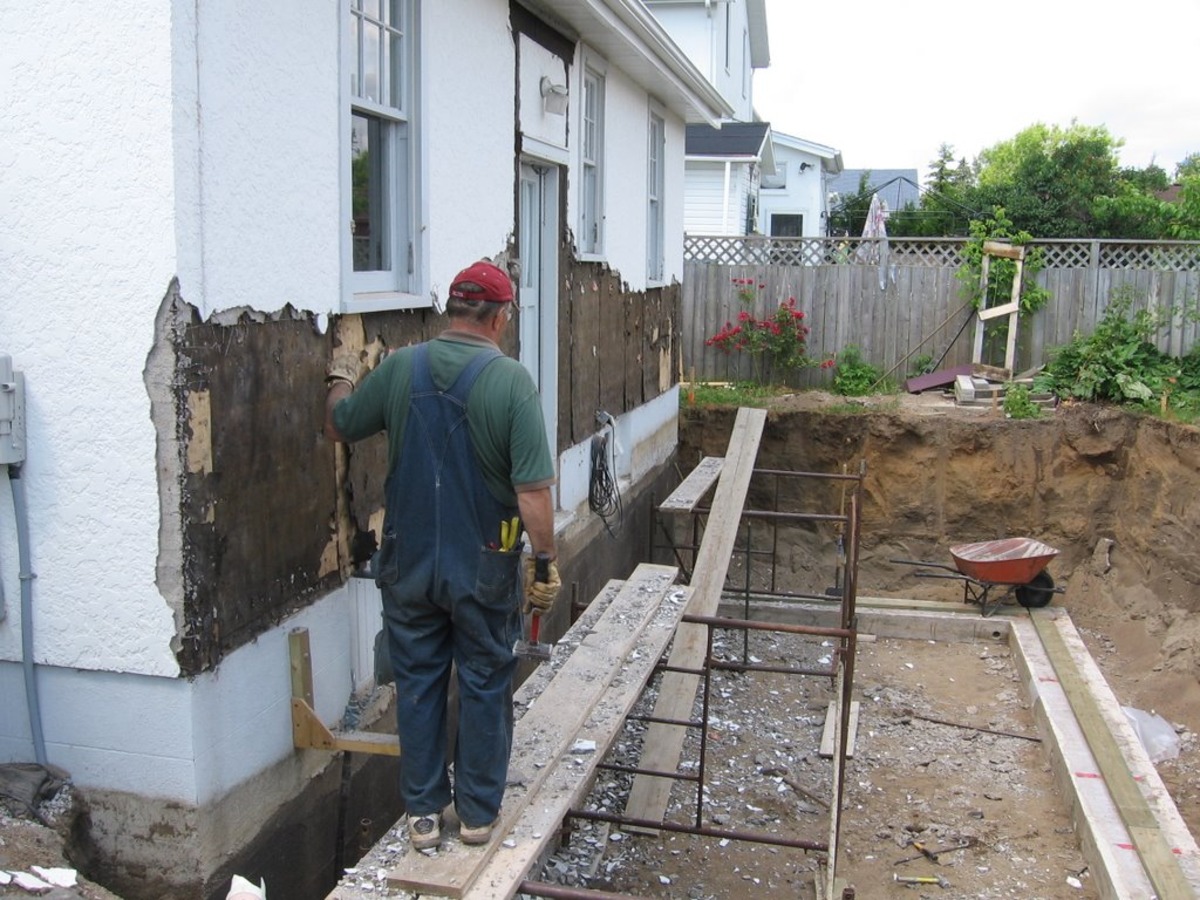
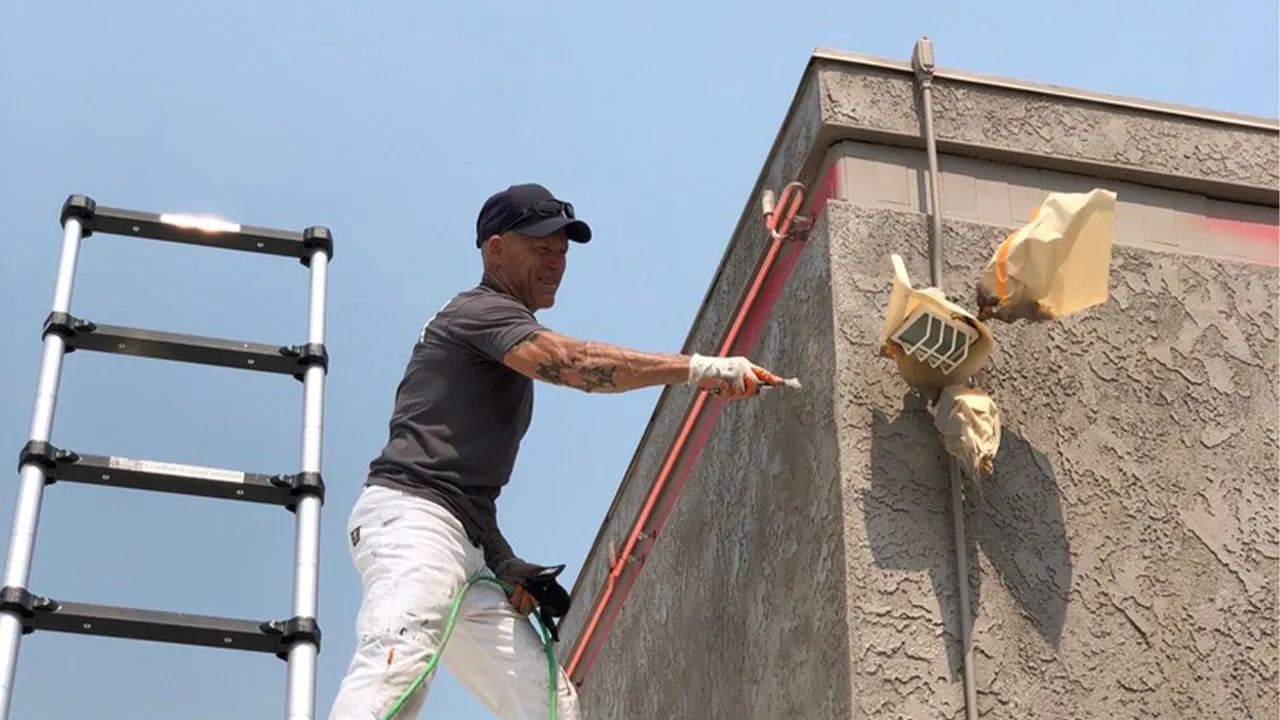
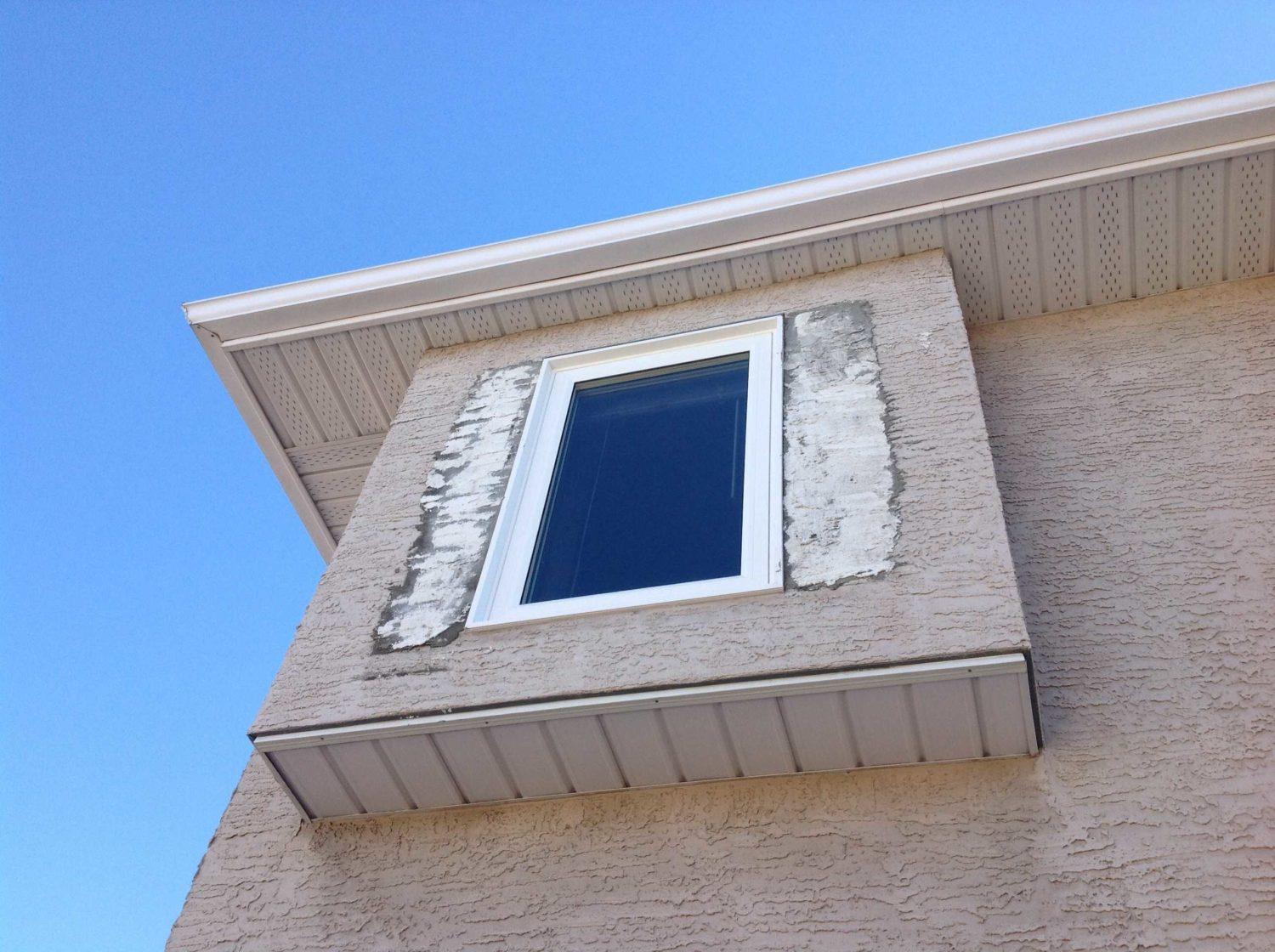
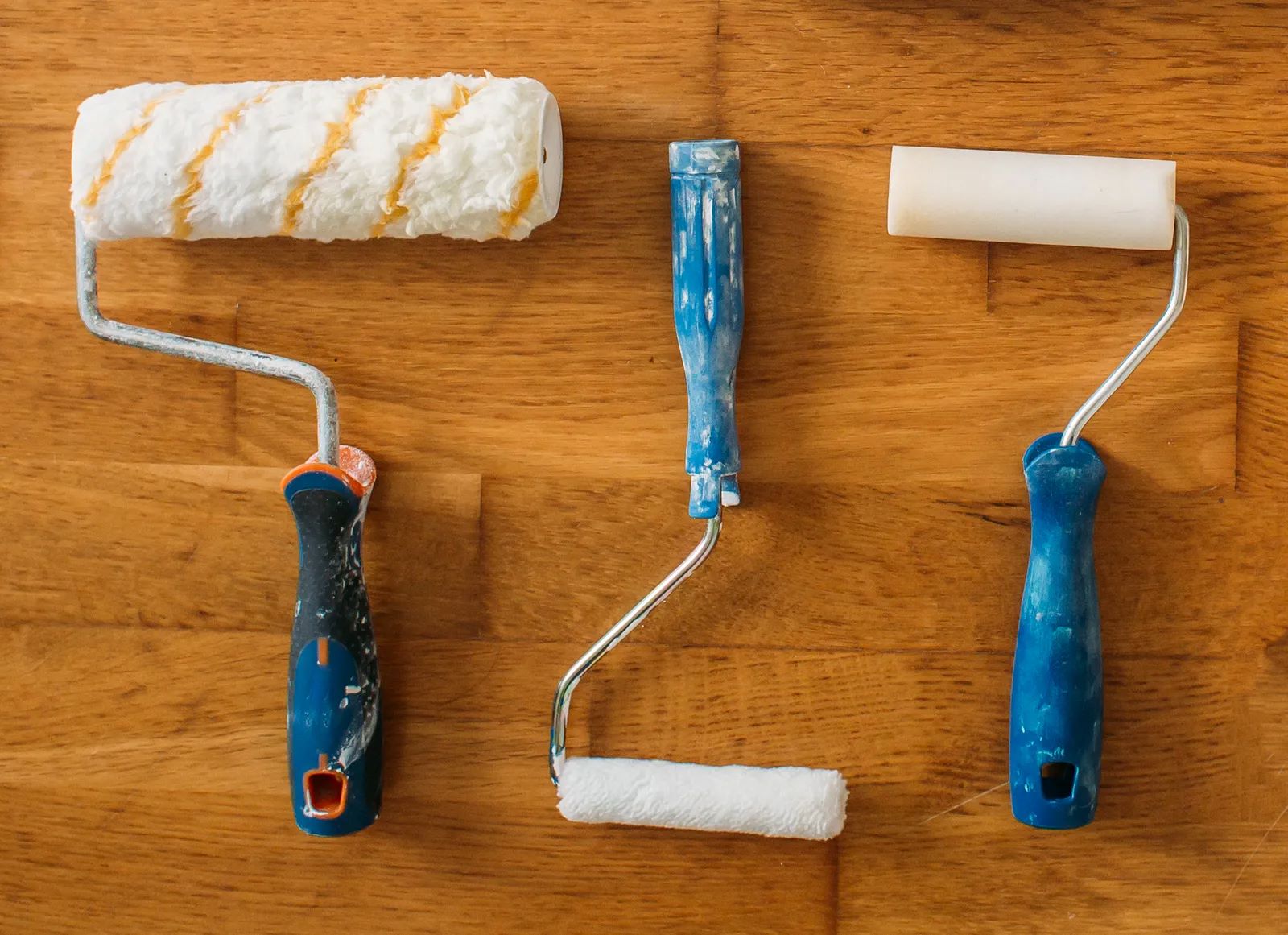
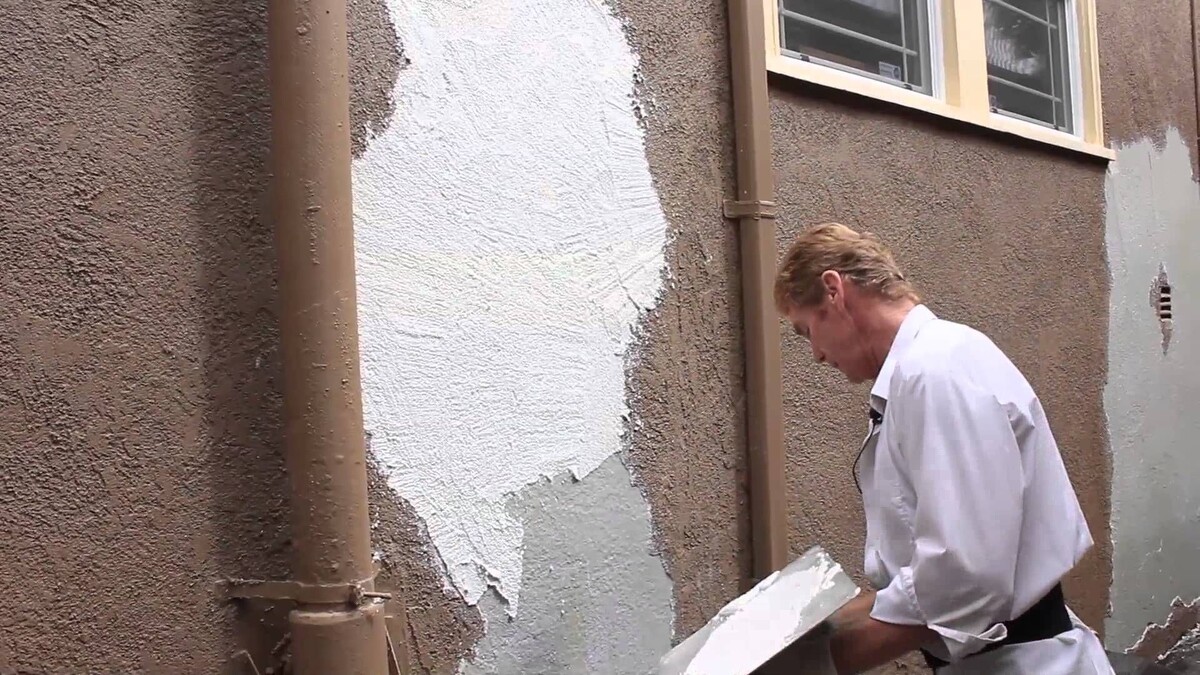
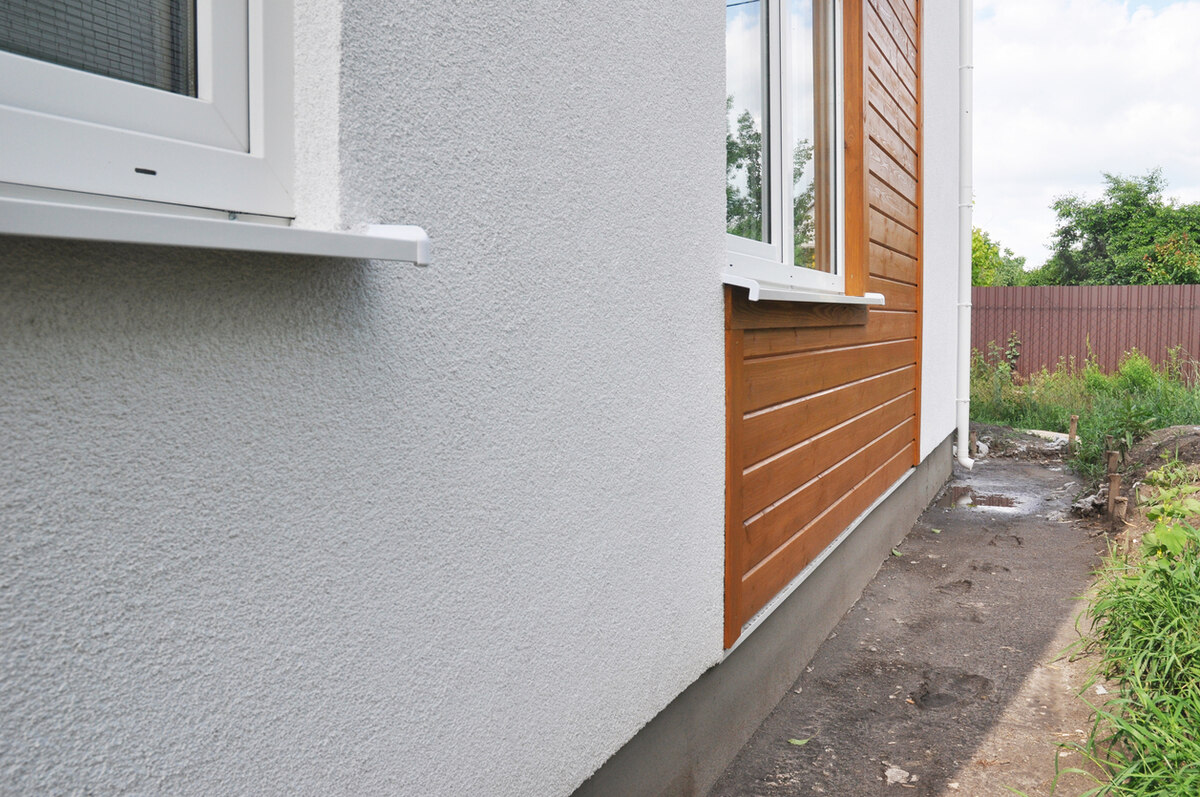
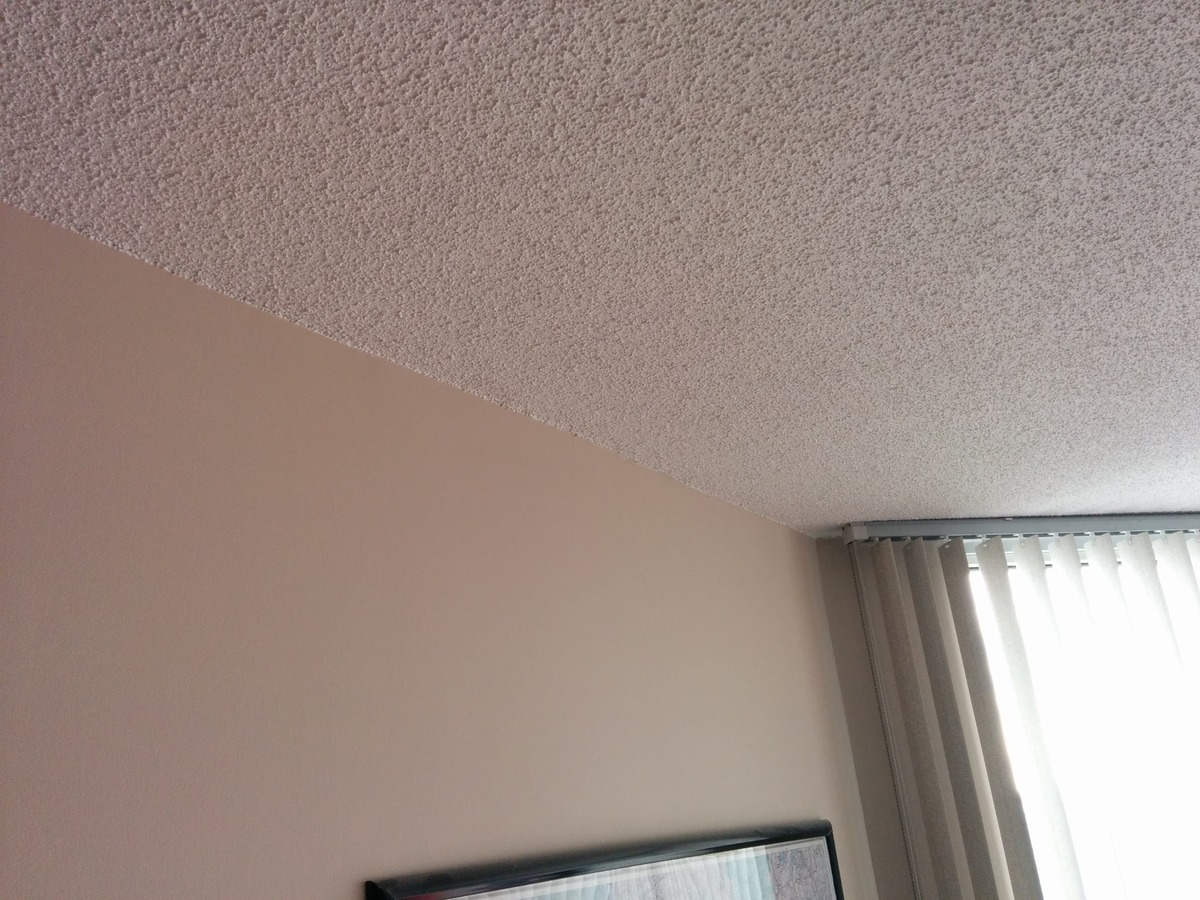
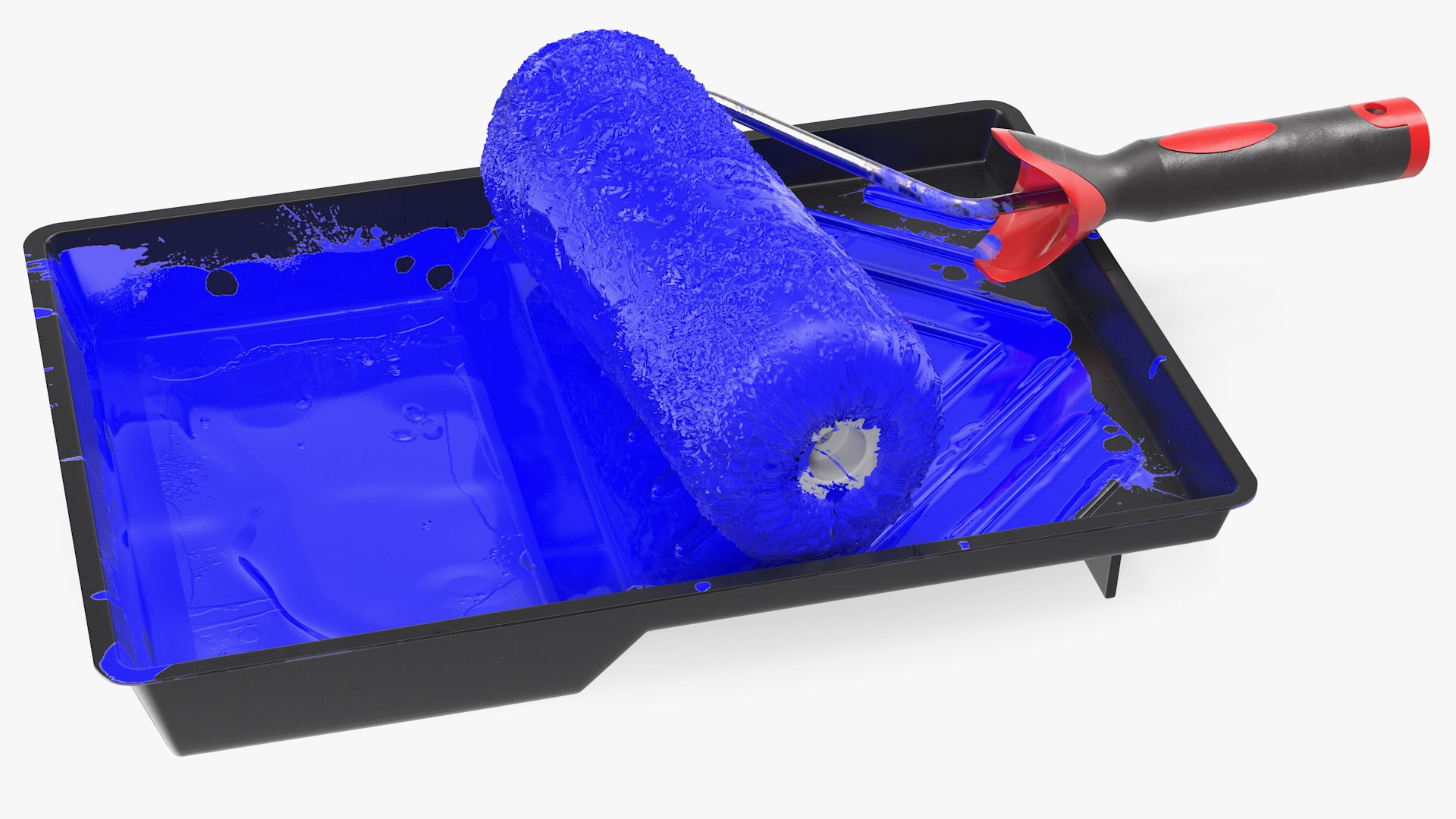
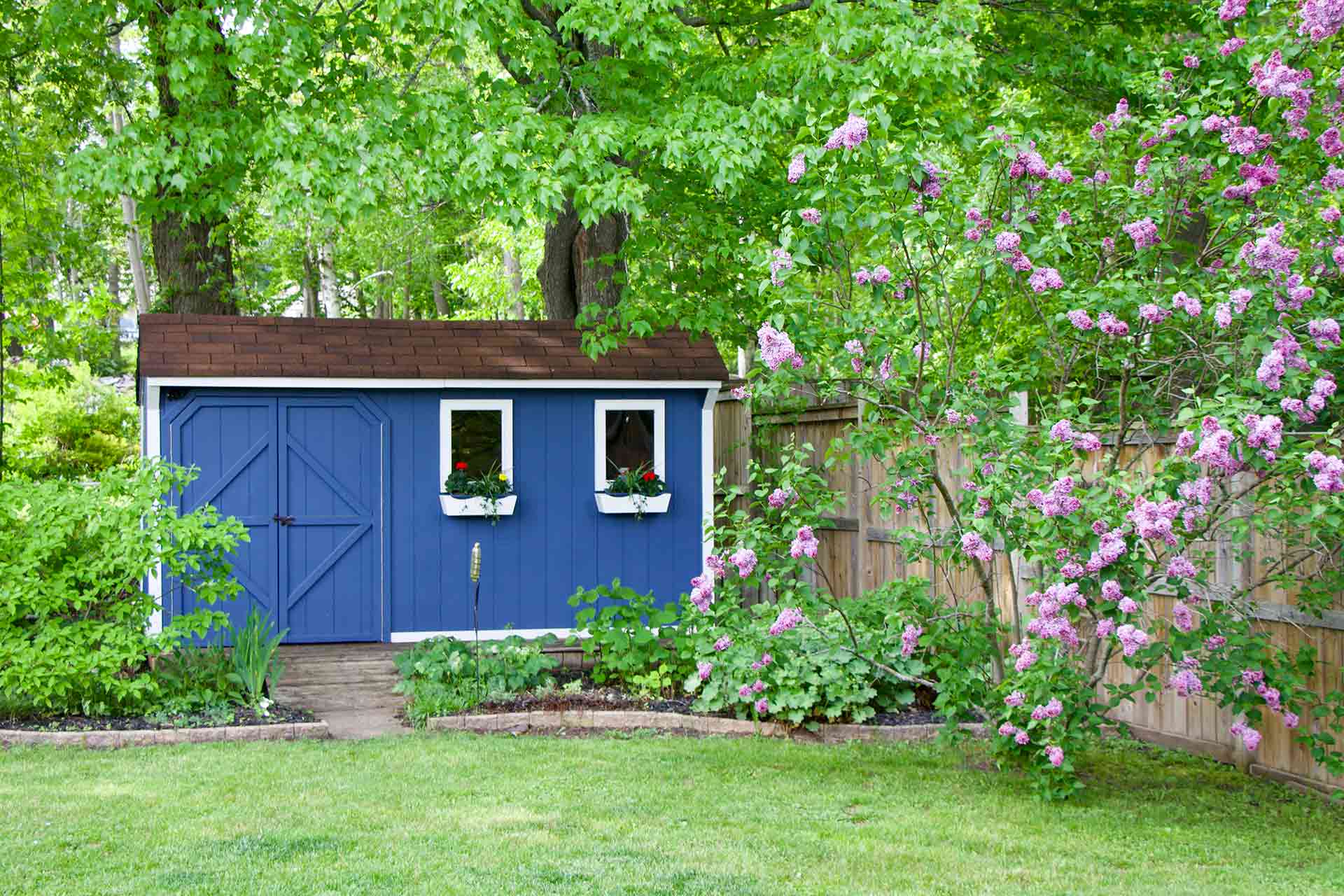

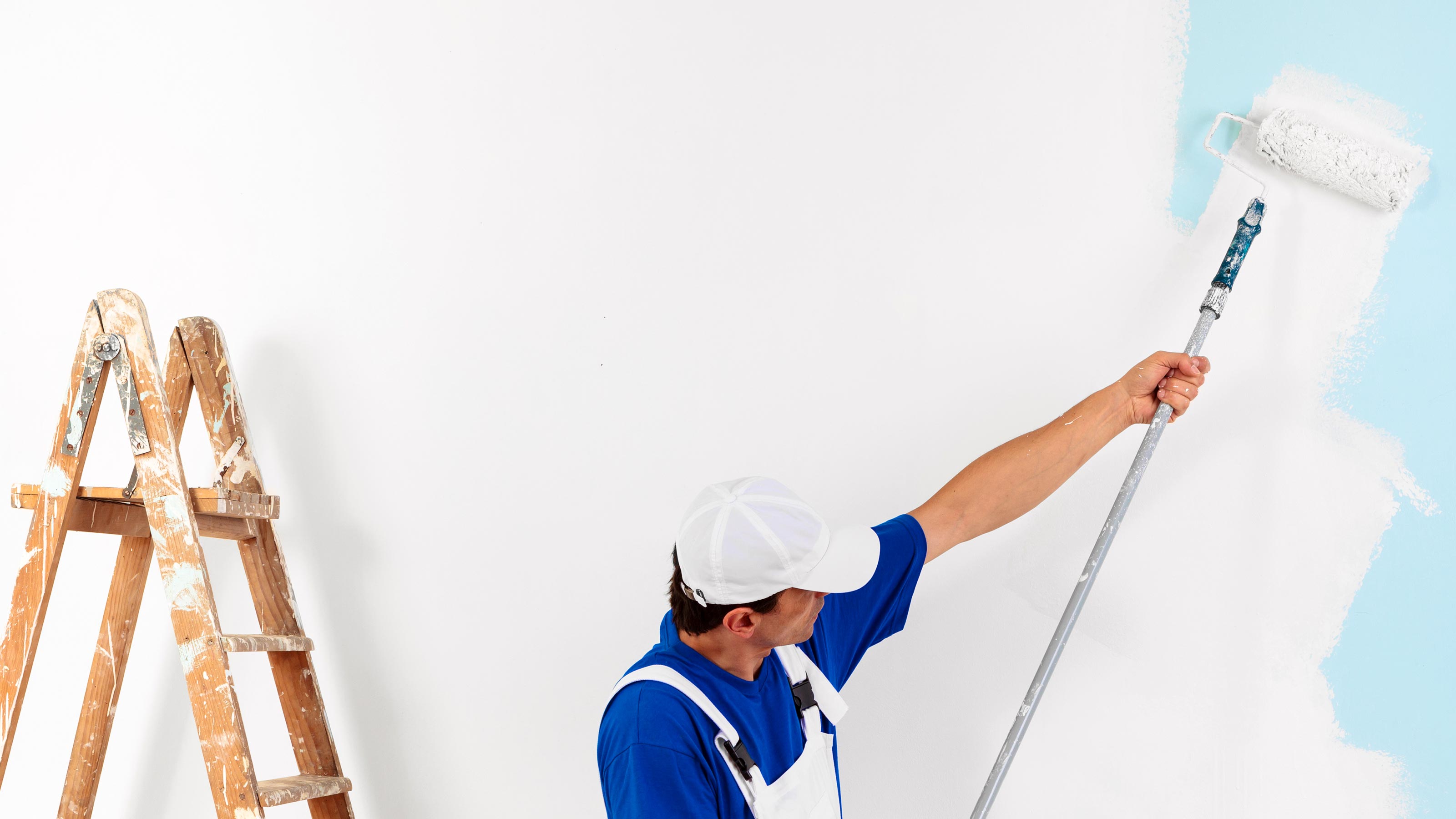
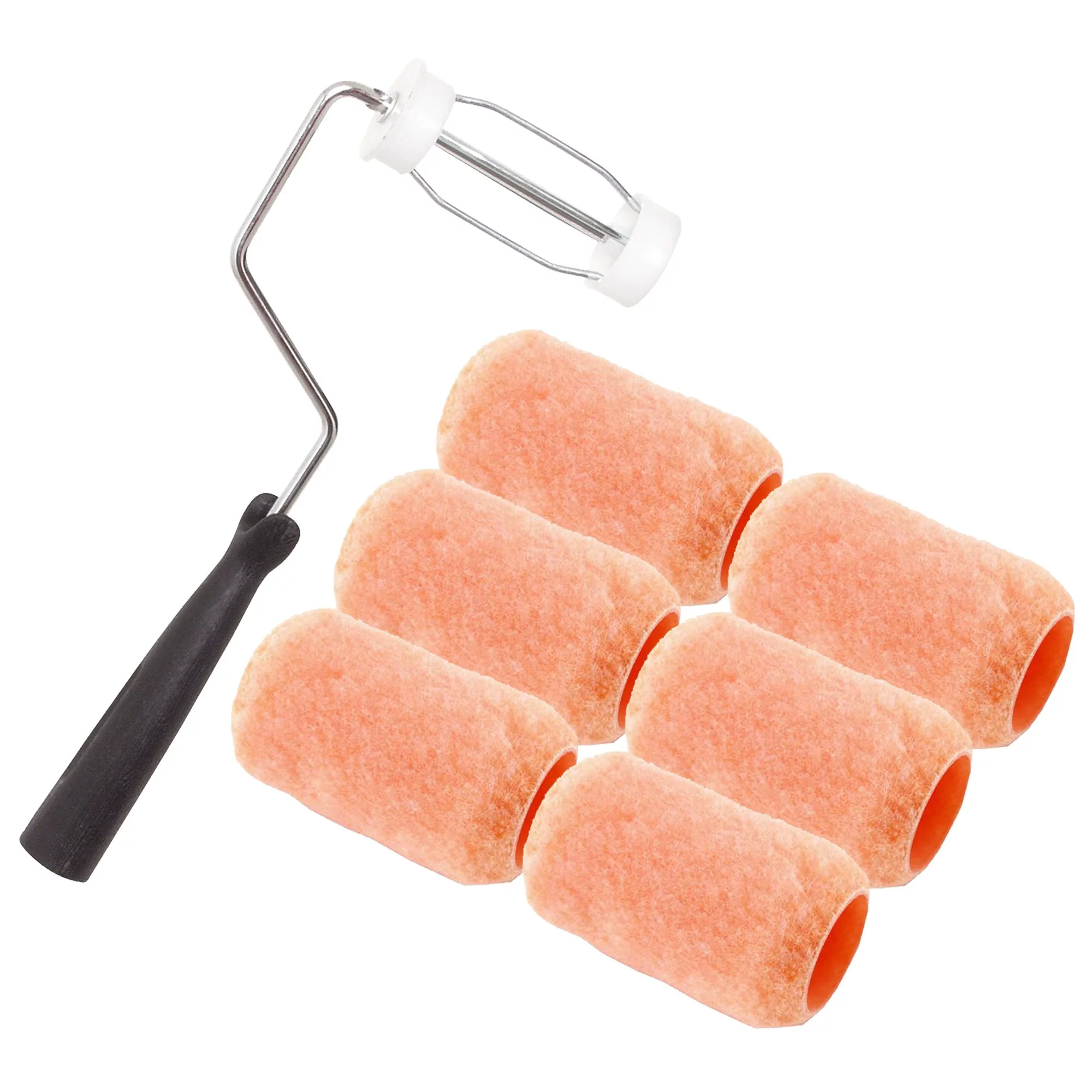
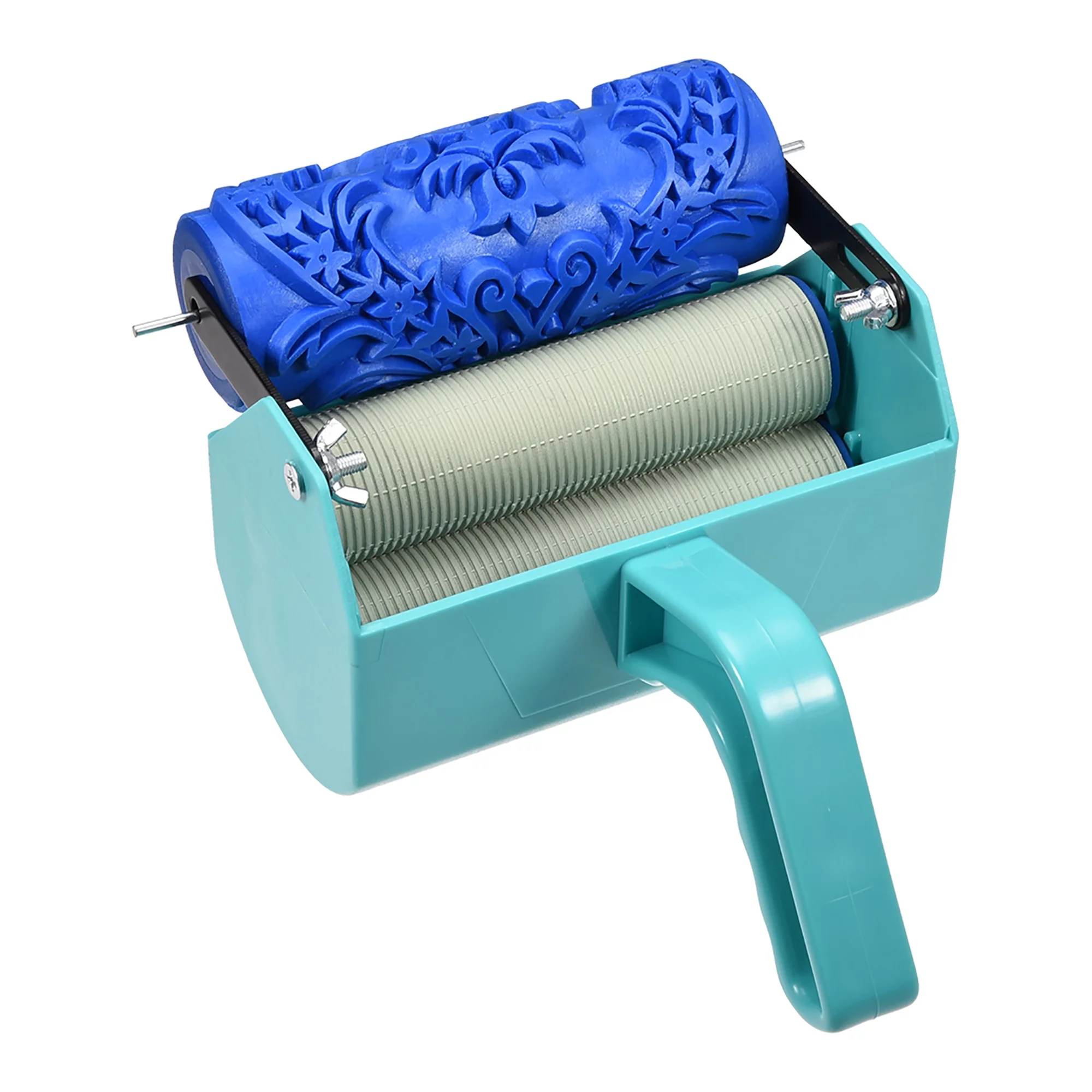
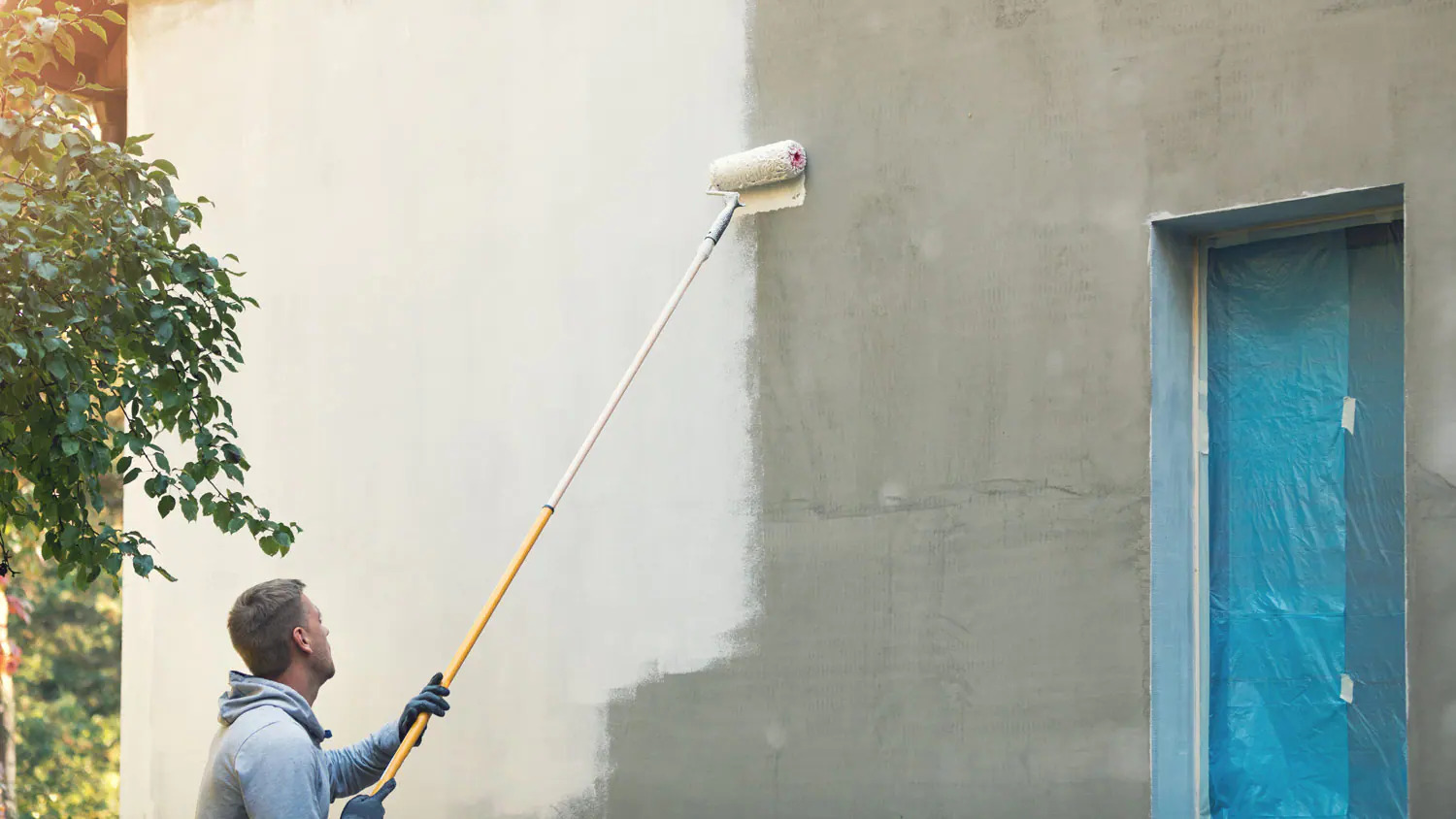

0 thoughts on “How To Paint Exterior Stucco With A Roller”